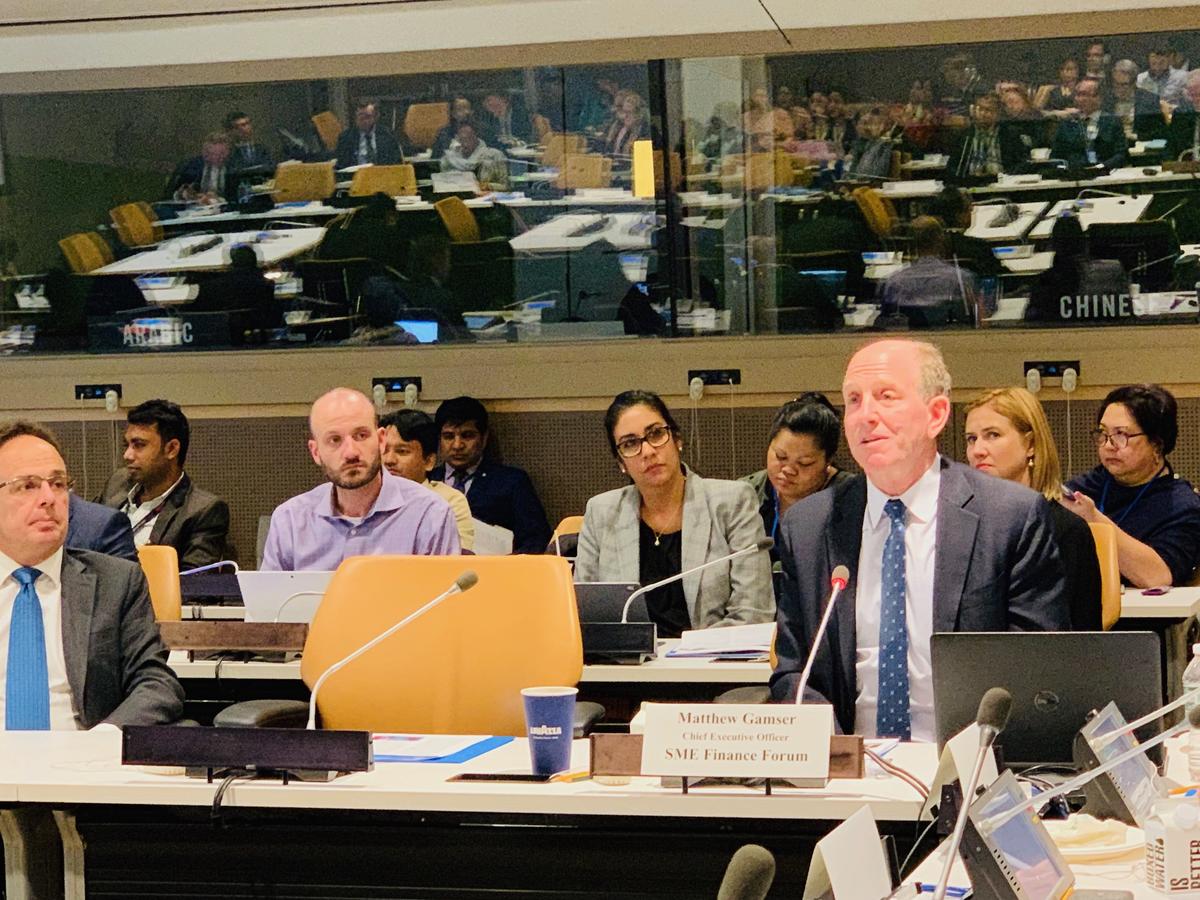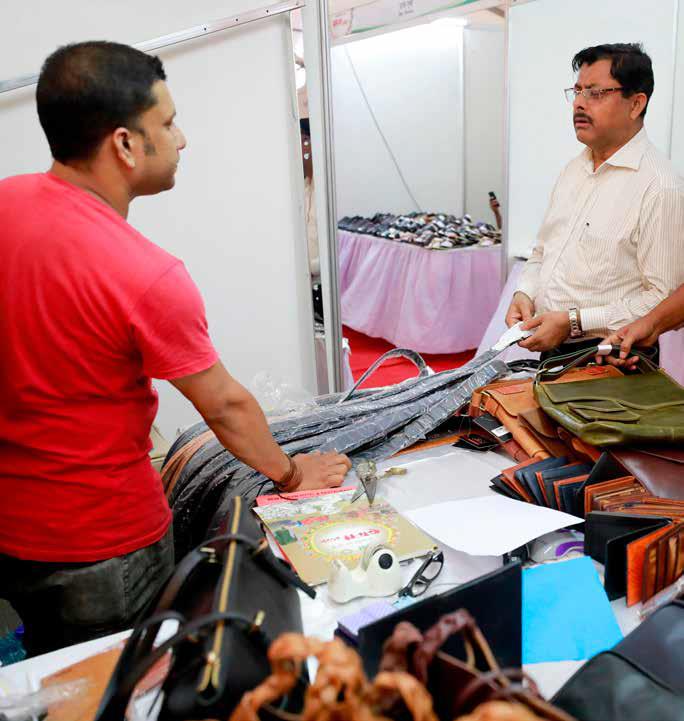Blog
A Game No One Wins: Outdated Regulatory Framework for Fintechs

Since he lost his national ID card two days ago, Richard Chang has barely been able to make any transactions with banks. Ranging from foreign currency deposits to money transfer, almost all the services require him to show his ID…and only this single type of identification document is accepted. Getting a replacement can be a hassle. The approval process can take up to 15 business days. And it has to be done in the neighborhood where Richard is originally from. This means that he will have to take multiple flights for several hours to just apply for a replacement ID card.
Richard Chang is one of nearly 890 million Chinese having access to formal financial services but frequently suffering the frustrations caused by the Government’s rigid, outdated regulatory framework. However, commercial banks, which are the major sources of credit in China, shouldn’t be overly blamed for benefiting from it. Banks too are struggling. In the face of current economic downturn and increased competition in the industry, Chinese banking executives are seeking to innovate their century-old model of making money from interest rate spreads and fees. Nonetheless, they are heavily constrained by the lending volumes, the limit of bank loans to deposit ratio, the cap on the NPL ratio, reserve requirements and other conditions imposed by the People’s Bank of China (China’s central bank) and other authorities.
The concern about high compliance burdens in the financial industry is universal. According to the Cost of Compliance Survey 2015 released by Thomas Reuters, 68% of the compliance officers that they interviewed globally believed their compliance teams’ budgets would surge in the next 12 months. This number was at 64% in the 2014 survey. When it comes to personal liability, 59% of the respondents expected an increase in 2015 compared to 53% of the respondents from 2014. It is highly likely that these costs will eventually be passed on to customers.
In the meantime, emerging financial technology companies (fintechs) are able to deliver a viable alternative to people craving simpler forms of financing. What makes fintechs attractive is their ability to leverage massive unconventional data and the so-called “network effects” in the Internet Age to drive down transaction costs and save time. CreditEase, China’s leading online P2P player, has designed a mobile-based credit assessment system, which allows borrowers to get loans as quickly as in one business day. In creating a borrower’s credit score, American online lender Upstart is not restricted to using FICO-like traditional models but is employing information such as academic degrees and areas of study to evaluate the applicant’s creditworthiness. As a consequence, customers would prefer accessing financial services by sitting in front of their computers to waiting in line for hours at bank branches (with no guarantee of a positive outcome). For the most part, this means that advanced data-led technologies can effectively improve access to finance by facilitating transactions that would otherwise be deemed too expensive or risky.
As usual, regulatory agencies are slow to react. A review of the regulations in the US and China reveals a startling fact—neither of the two countries has provided sufficient industry-specific guidance. To avoid being subject to state usury laws, for example, several US online P2P platforms have to enter into arrangements with conventional banks. They are also required to register as ”brokers” or choose a category from other existing forms of businesses with the SEC in order to securitize loans and trade them on their platforms. Similarly, in its recently released guidelines, the Chinese government has made it clear that online P2P platforms are not financial institutions but intermediaries connecting borrowers and lenders. Unless they have obtained appropriate licenses, which qualify them as financial institutions, internet technology firms are not permitted to set foot in the core business of financial services. Apparently, fintechs have not yet gained the recognition from Beijing or Washington as a new business area where a separate set of regulations need to be put in place.
Financial innovation through a rusty regulatory framework only falls into a vicious circle. It is a game in which no one wins. While fintechs are kept out of the real competition, banks are still fighting their own high compliance costs. Their partnership leads to some hope of better financial services for customers but this is far from being a reality. A large part of the population continues to remain excluded.
Perhaps we should be more patient. Policy-makers and many incumbents took a fairly long time to develop and adapt to the current regulatory system. It would be very disruptive for them to make sudden changes. Before all the potential risks associated with fintechs have been carefully examined, it seems sensible to not take any bold actions. There is some logic to this kind of thinking. But let’s not view this simplistically through the old proverb of looking before leaping. The fundamental role of regulators is to safeguard the market but not to determine the direction of it. What differentiates a good policy from a bad one is its effectiveness not only in bringing about transparency and resilience but also in making the market competitive and inclusive. To achieve this goal, policies have to evolve at a faster pace.
An earlier version of this blog first appeared on the author’s LinkedIn page. The views expressed here are solely those of the author in his private capacity and do not in any way represent the views of the SME Finance Forum or the World Bank Group.








